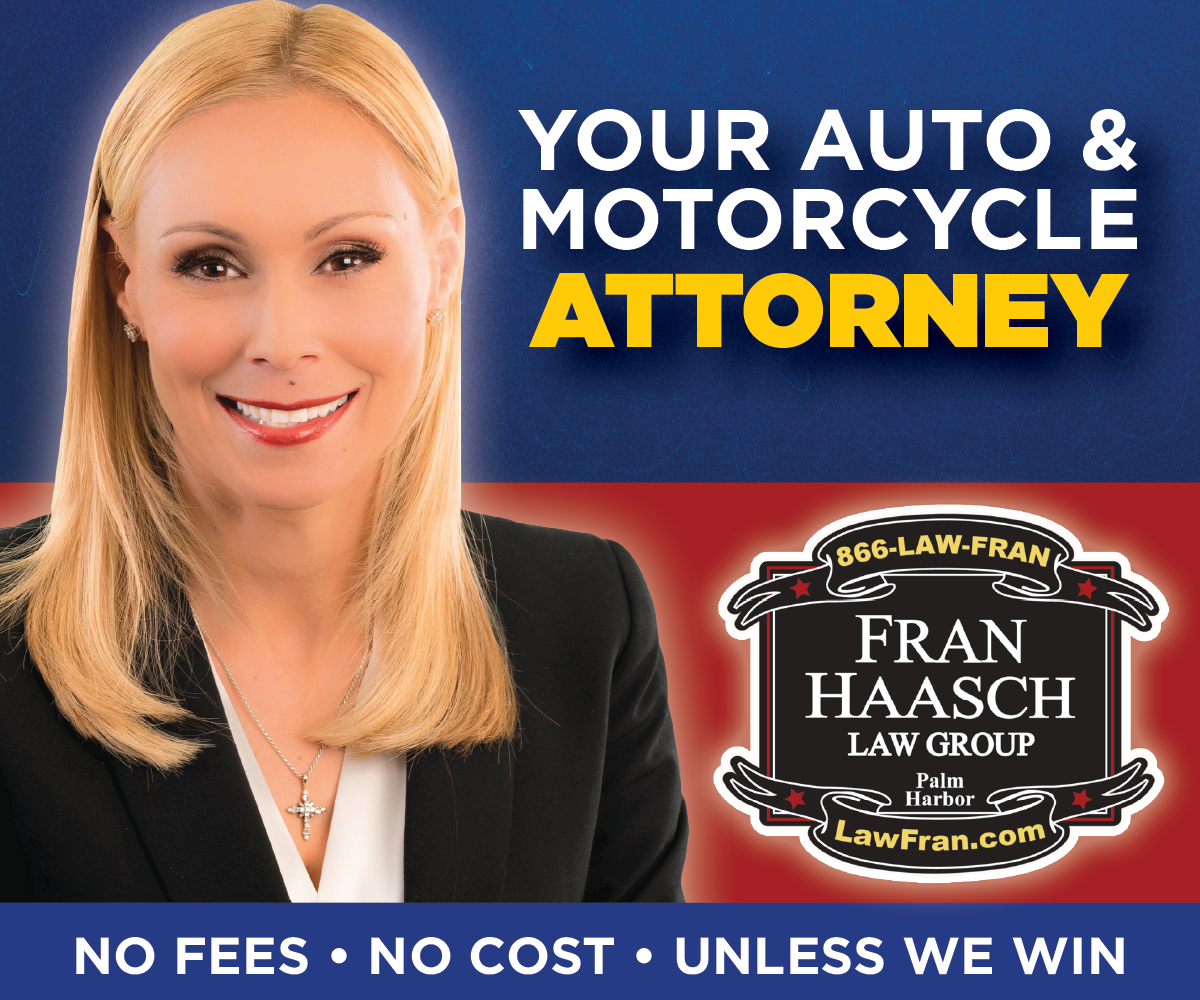Like many Americans in their 40s, Michael Bogart is thinking about aging.
In the 1980s, when Bogart first started working at the Harley-Davidson (HOG, news, msgs) motorcycle dealership in Long Island City, N.Y., his average customer was between 25 and 35. Today, he says, it’s more like 45 to 55.
He’s got nothing against his older customers, the dealership’s general manager says, but that shift illustrates a big problem for the iconic motorcycle brand: “Guys don’t want to be riding this bike that looks like their grandfather’s bike.” Video: Test-riding a Harley
Bogart isn’t the only one worried. Harley-Davidson might be one of the best-known brands in the world, but it’s perceived, at least in some circles, as the motorcycle of choice for aging baby boomers. Now the motorcycle giant confronts a double whammy: Its aging customers are facing physical challenges that could keep them off their bikes for good and financial troubles stemming from the recent market meltdown. On top of that, luxury brand Harley is itself struggling to get through a broad, deep recession and credit crisis.
“People walk through the front door looking to buy a bike because they want it, not because they need it,” says George Dennis, the dealership’s business and finance manager. “How many people have the disposable income to dump $20,000 on a Harley?” Bikers talk: What’s so special?
In January, Harley-Davidson sold Warren Buffett’s Berkshire Hathaway (BRK.A, news, msgs) $300 million of unsecured notes; it offloaded an additional $300 million of such notes to Davis Selected Advisers. Both sales were part of an effort to raise $1 billion in cash to solidify Harley’s financial-services division, which had lost $25 million in the last quarter of 2008.
Then in early March, Harley-Davidson announced that global sales for its motorcycles had fallen 13% in the first two months of this year. U.S. retail sales — which accounted for almost 73% of the company’s sales — were down 9.4% in the same period; international sales dropped by 21.5%. The 105-year-old company’s stock, which was trading at $42.80 as recently as six months ago, is now barely in the double digits.
Harley isn’t the only motorcycle maker in trouble: The entire industry is feeling the pinch of the economic downturn and the aging rider population. After several years of steady increases, total U.S. motorcycle sales dipped in 2007 and 2008; estimated sales for last year were 9% below the 2006 peak, according to the Motorcycle Industry Council, a trade group.
* Talk back: Is Harley-Davidson over the hill?
And according to a J.D. Power and Associates report from December, the average age of all motorcycle riders is increasing. In 2000, the average age of motorcycle riders was 40; in 2007, the average age was 47, said J.D. Power researcher manager Tim Fox. Interactive graphic: Riders aging; sales slumping
But amid the challenging overall market, Harley’s position is particularly precarious as younger riders choose sport bikes — sleeker, more aerodynamic, high-performance motorcycles made by manufacturers such as Honda Motor (HMC, news, msgs), Suzuki Motor (SZKMF, news, msgs) and Yamaha Motor (YAMHF, news, msgs) — over classic Harley cruisers.
Harley’s market share has slipped 3 percentage points just over the past year, falling to 45.6% from 48.8% in 2007, notes Robin M. Diedrich, a senior consumer analyst for investment company Edward Jones. “The customer base isn’t growing,” Diedrich says. Stock chart: The ‘uneasy rider’
“The big boom in the motorcycle market was the baby-boom generation,” adds J.D. Power’s Fox. “Now those people are exiting the market. The industry needs to refocus their efforts to attract first-time buyers.”
Trouble is, it’s growing harder to attract new customers. Unlike consumers of, say, beer or automobiles, motorcycle riders stick with their preferred brands. “It’s similar to the auto industry, but there is more brand loyalty in the motorcycle industry,” Fox says.
And Harley in particular is identified with a certain generation. “When you buy a Harley, you’re not buying a motorcycle, you’re buying a lifestyle,” says Dennis, of the Long Island City dealership. Harley-Davidson has made some headway in the sport bike market with its Buell brand. Check out Harley’s Buell sports bikes
The company bought Italian motorcycle company MV Agusta Group for $109 million last summer in an attempt to increase its share of the European market.
Now Harley has bet its future on what it sees as a particularly desirable market: women. “They’ve been trying to branch out from the core customers,” says Diedrich, the Edward Jones analyst. “And they have done a lot to make Harleys . . . more appealing to women.”
To that end, the company has introduced certain features to attract more female riders, including softer clutches and lower frames, to allow a shorter rider to keep her feet on the ground. Meanwhile, Harley has been marketing to women aggressively. “They’re the only manufacturer that I’m aware of that has a division solely devoted to marketing to women,” says Genevieve Schmitt, whose online magazine, Women Riders Now, gets 80,000 unique visitors a month.
In this at least, Harley’s timing is perfect. Last year the Motorcycle Industry Council released a survey that took the industry by surprise: Women’s share of the motorcycle-riding population had jumped to 12.4% in 2008 from 9.6% in 2003. Video: Who are Harley’s new riders?
Beyond new customers, Schmitt says, she thinks Harley may gain another advantage in building up a female customer base. “When you convince Mom to ride, she’s very likely to give her blessing to a son or daughter or a husband to ride. If you have Mom in your corner, you have the whole family.”





